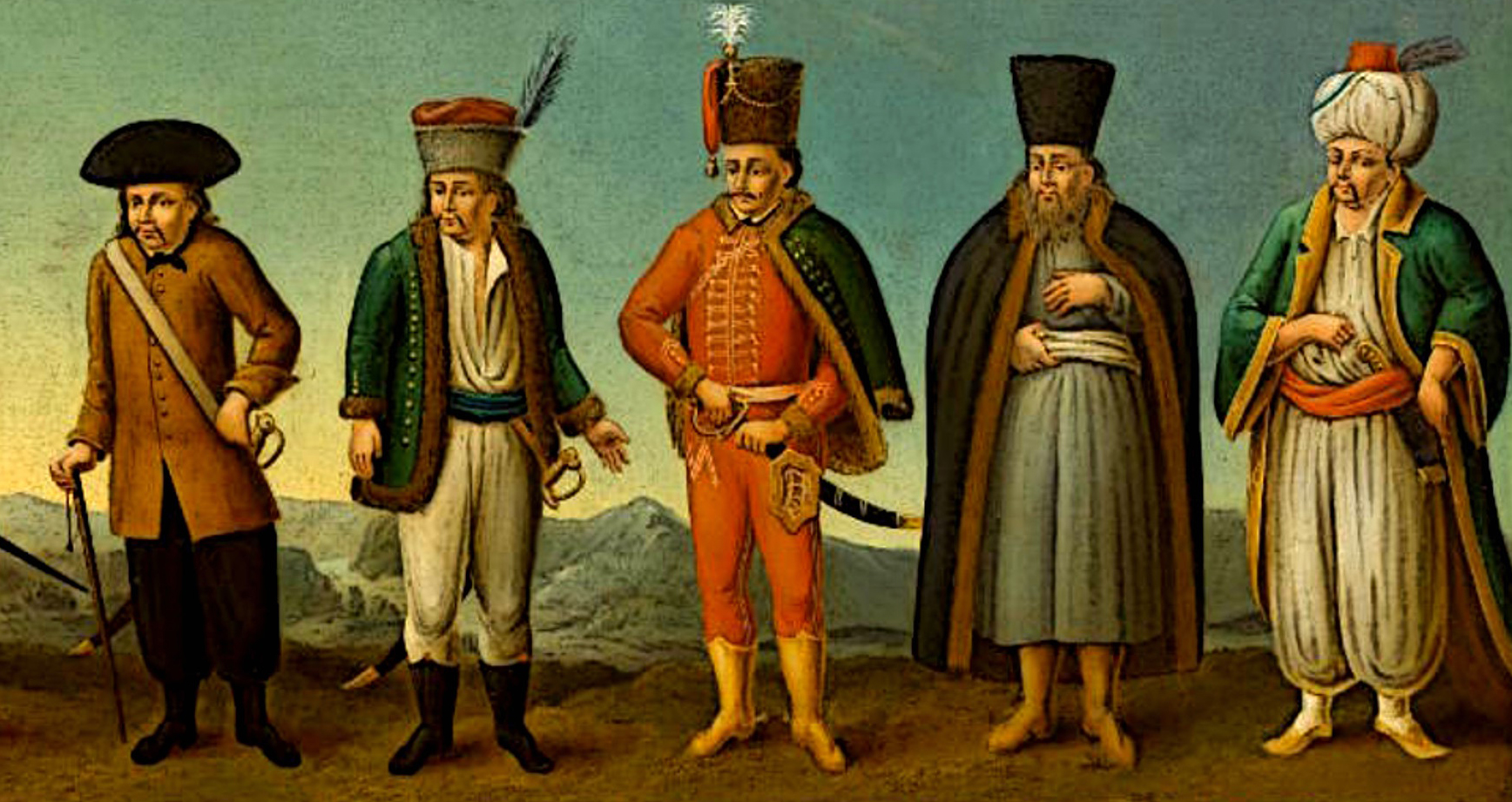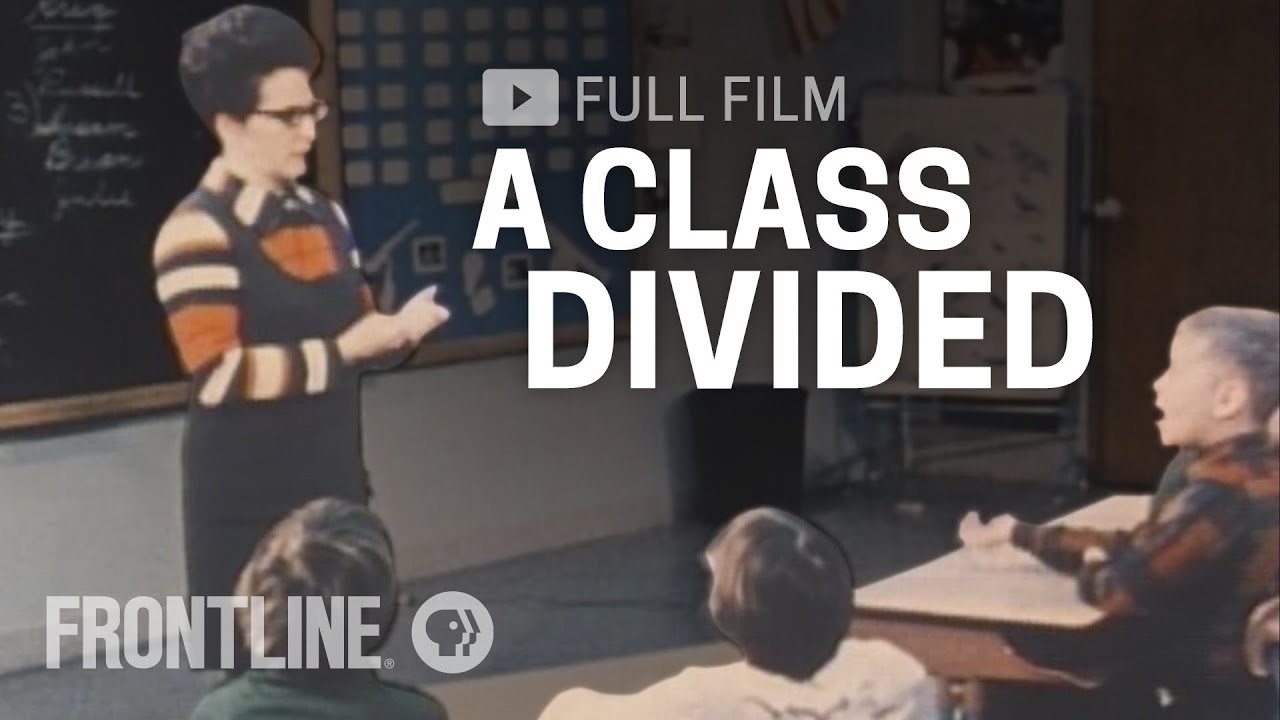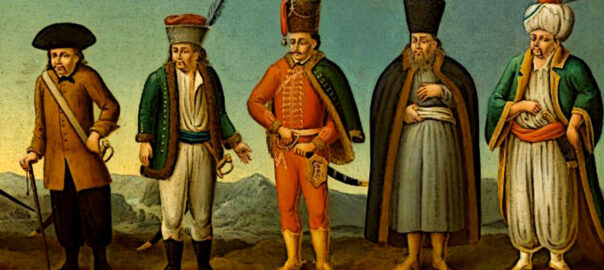
Stereotyping: What Is It and Can We Neutralize Its Effect?
Our social identities come from a lot of places: our race, sex, age, political affiliations, medical diagnoses, schools, and favorite sports teams. Each of those identities comes along with a set of expectations or stereotypes.
In his autobiography Parallel Time: Growing Up in Black and White, Brent Staples, an African-American writer, describes being a graduate student at the University of Chicago. While walking down the street dressed as a student, he began to see that white people avoided him, often crossing the street to get away. His mere presence appeared to make them uncomfortable, and, of course, this made him feel tense and awkward.
He realized that they must be seeing him through the lens of a negative stereotype about African-Americans in that neighborhood; as a young black male he might be violent. His solution was simple and shows clearly how stereotypes are formed and can be modified. He learned how to whistle Vivaldi and did this as he walked down the street. The result was that white people no longer felt threatened, and no longer avoided him.
As we noted in our piece on mental models, stereotypes are another way in which we organize our experiences. Our social identities come from a lot of places: our race, our sex, our age, our political affiliations, our medical diagnoses, our high schools, colleges, our favorite baseball teams. And each of those identities comes along with a set of expectations or stereotypes.
We’re all members of groups, and we all have social identities that are negatively stereotyped. Being old, being young, being gay, being conservative, being liberal, having cancer, and so on. But stereotyping interferes with our connecting with others; it prevents us from being open, interested and accepting of each other as individuals. As you go down the list of identities, you recognize that, in some circumstances, you could feel like you’re going to be seen negatively because you’ve got that identity, and that’s stereotype threat.
As the social psychologist Claude Steele points out, stereotype threat is not a characteristic or trait that’s inside you, it is something that goes with you in certain situations. As he says, “It is the very simple idea that if you’re trying to perform in an area where your group is negatively stereotyped, you’re going to feel an extra pressure—a distracting kind of pressure—and that pressure can affect how well you perform.” Importantly, he notes that it is experienced, essentially, as a self-evaluative threat.
In an overview of his and others’ work on the subject, Professor Steele explains how important it was to find contemporary examples that would resonate with young people. He mentioned the film 8 Mile that featured the white rapper Eminem and showed the difficulties he (or his character) had “being white with a mic” as he attempted to launch a career in hip hop, a music genre dominated by African Americans. The team noted that this form of stereotype threat could apply in multiple situations, including schools, but, they asked, could it be powerful enough to affect academic performance?


A Class Divided, a documentary film that examines landmark experiment in prejudice. © FRONTLINE PBS, 2019
Their early research led them to another video, A Class Divided, which documents a decision made by a third-grade teacher named Jane Elliott in 1968, on the day after Martin Luther King was assassinated. She created a class experience so that her students living in a very homogeneous community in Iowa would have some sense of what Martin Luther King’s life was about, what the civil rights movement was about and what racism is. She decided that based on the eye color of her students she would stigmatize them for one school day—one day brown-eyed students would be favored and blue-eyed ones ostracized, and the reverse on the following day—as a way of giving them some experience of what Dr. King’s life was about. The ostracized students would each wear a collar identifying them. The video is excellent and well worth family and classroom viewing. It includes a small scene where these students are working with Elliott on a set of problems and keeping track of how fast they can solve them. On the day in which each group of students is ostracized, students performed dramatically less well than the days on which they were favored.
We all “know” that women can’t compete with men at higher math. We all “know” that white men can’t jump or perform rap. And then there’s a curious fact: When confronted with those negative stereotypes, female math majors do perform worse on tests, and white jumpers fail to clear the usual bar. Take away the threat to their identity, and they do fine.
If a woman is invested in doing well at math, she could worry and get anxious as an examination approaches, thinking that maybe what they say is true. This upsetting distraction tends to interfere with her functioning well in the test. If you’re not invested in the area, then the threat has less power, but when you’ve really invested yourself, then the prospect of that stereotype being true or its being seen to be true and you being treated accordingly, has considerable impact. It scares you, and that fear can directly interfere with your functioning. So, the more accomplished someone is, the more this effect shows up.
Professor Steele points out that “We did this research with the graduate record exam. These were very talented participants in this research, really strong math students. And to find that the stereotype was depressing women’s performance that much, a full standard deviation, something like 15 points on a test of 100 points, that was really dramatic.” Fortunately, once the stereotype threat is removed, the person functions normally.
Researchers found that performance follows whichever stereotype you make most salient or most obvious in the situation. If you remind women of their gender, then they underperform, being affected by that negative stereotype. If you remind them of their ethnicity, then they don’t underperform in relation to men. So whichever stereotype is in the air seems to drive the direction of performance.
Can We Neutralize Stereotype Threats?
While we may not always come up with as creative a counter as Brent Staples whistling Vivaldi to diffuse a stereotype threat, there are some suggested strategies that can provide a guide.
Claude Steele recommends building what he calls “a sense of identity safety” … that is, creating a situation where everyone can trust that they are not going to be exposed to negative experiences based on their identity. He notes that this requires a deliberate extra effort but is the only way in which everyone can excel. A sense of safety in a classroom, or indeed in any group, involves “valuing identities and seeing them as positive, and valuing the diversity that people bring to an enterprise.”
Being reminded of positive role models and providing information that is more accurate and includes a hopeful narrative about the setting can greatly reduce the damaging effects of a negative stereotype.
In a classroom situation, the combination of a very demanding teacher who, at the same time, affirms their students’ abilities to realize the high standards that are being set, very effectively reduces the stereotype threat. It signals to the student that they’re not being seen as having limited ability. They’re not being seen through the lens of that stereotype. Then they can rise to the challenge and flourish.
Steele points out that where people face group-based doubts about their abilities or about “belonging” within a given domain of achievement, the mentor has to be sure to provide critical feedback in a manner that discourages attributions of bias and refutes the threatening limitation alleged by the stereotype.
In his book, Whistling Vivaldi: How Stereotypes Affect Us and What We Can Do, Steele gives us an example of wise feedback by invoking a mentor who set him at ease by taking his research seriously and treating him as a worthy partner. This “changed the meaning of the other cues” in the situation which he had previously taken to indicate that he didn’t belong. When he was able to stop worrying that he didn’t fit in, he was able to learn and perform to his potential. He set up experimental conditions to duplicate this kind of trust-building for students and found that “having a narrative that requires less vigilance leaves more mental energy and motivation available for academic work.”
Of course, this applies to so many situations. Again, as Professor Steele notes, “There is no group that doesn’t have a negative stereotype, and when that stereotype is relevant to them in an important set of situations, like the classroom or the workplace or the basketball court or something that they care about, then they’re going to feel this pressure.”

